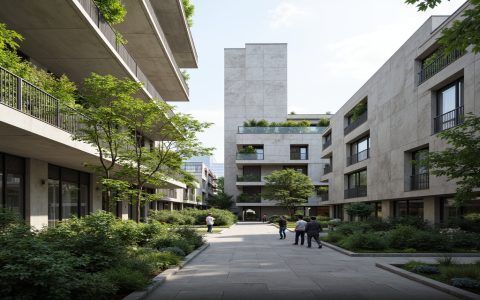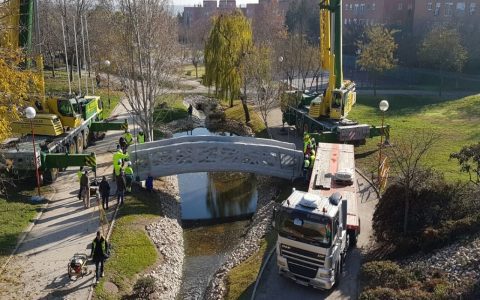Harold Street is a well-established urban corridor recognized for its distinctive blend of historical architecture and contemporary commercial activity. It often serves as a key artery within its local district, influencing both community life and economic vibrancy.
Layout and Connectivity
Typically, a street like Harold Street might be aligned on an east-west or north-south axis, intersecting with several major thoroughfares, ensuring robust connectivity to wider city networks. Its design may incorporate features reflective of its era of development, such as wide sidewalks if it originated as a pedestrian-friendly commercial hub, or specific tree plantings. Public transportation access is commonly well-integrated, with bus routes and potential proximity to other transit systems depending on the city's infrastructure.
Key Attributes and Zones
Architectural Character: A notable feature of many established streets is their architectural heritage. Harold Street could showcase prevalent styles from a particular period, such as late 19th to early 20th-century commercial buildings, Victorian residences, or mid-century modern structures, many of which may have been preserved or repurposed. These elements contribute significantly to the street's unique character.

Functional Mix: Such streets are often characterized by a dynamic mix of uses. This can include independent businesses, boutique retail stores, cafes, restaurants, and professional offices. This concentration of activity makes it a focal point for local residents and visitors.
Residential Component: While certain sections might be primarily commercial, it's common for upper floors of buildings along such streets to contain residential units. Adjoining areas frequently feature residential housing that benefits from the amenities offered on the main thoroughfare.
- Primary Land Use: Often mixed-use (Commercial/Residential/Services).
- Historical Significance: Development patterns often reflect key periods of local urban growth.
- Pedestrian and Vehicular Flow: Varies based on zoning, time of day, and specific urban design features.
Urban planning and zoning regulations for a street like Harold Street generally aim to balance the preservation of its character with the needs of contemporary urban life and sustainable development.







